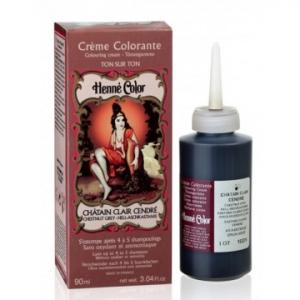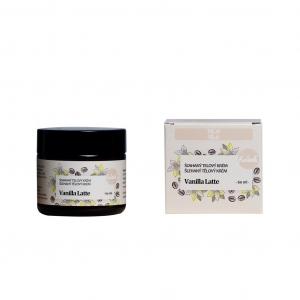Uraria picta
Other names: Dabra, Prishriparni, Phrisnaparni, Hedysarum pictum, Pithvan
Harm score: 1 (Natural substances)
Uraria picta, also known by the names Dabra, Prishriparni, Phrisnaparni, Hedysarum pictum or Pithvan, is a plant belonging to the legume family. It is found mainly in the arid and subtropical regions of India, Nepal, Sri Lanka and other countries of Southeast Asia. It is a herbaceous plant with woody stems, growing to a height of 1 -2 metres. The leaves are dark green, the flowers are bluish to purple and the fruits are elongated, winged pods.
Uraria picta is used in traditional medicine in its native regions for its therapeutic effects. The powder of the root, for example, is used as a remedy for fever, reddish skin or breath problems. The stems and leaves are used to make a decoction that is said to have healing effects on the nervous system and muscles. As the plant also contains a number of bioactive components, it enters into the composition of some modern medicines, such as those used in the treatment of diabetes. In some areas, the plant is also used to produce natural insecticides or to provide food for cattle. In some cultures, the plant also has religious significance and is part of rituals.
You won't find this substance in our products. Try the natural, chemical-free products in our range.

Fine cream dressing 90ml Chestnut Silver
Product detail
Whipped Body Cream Vanilla Latté (60 ml) - irresistible aroma of fresh coffee with a hint of vanilla
Product detail
Wild Rose Shampoo 250ml BIO
Product detail